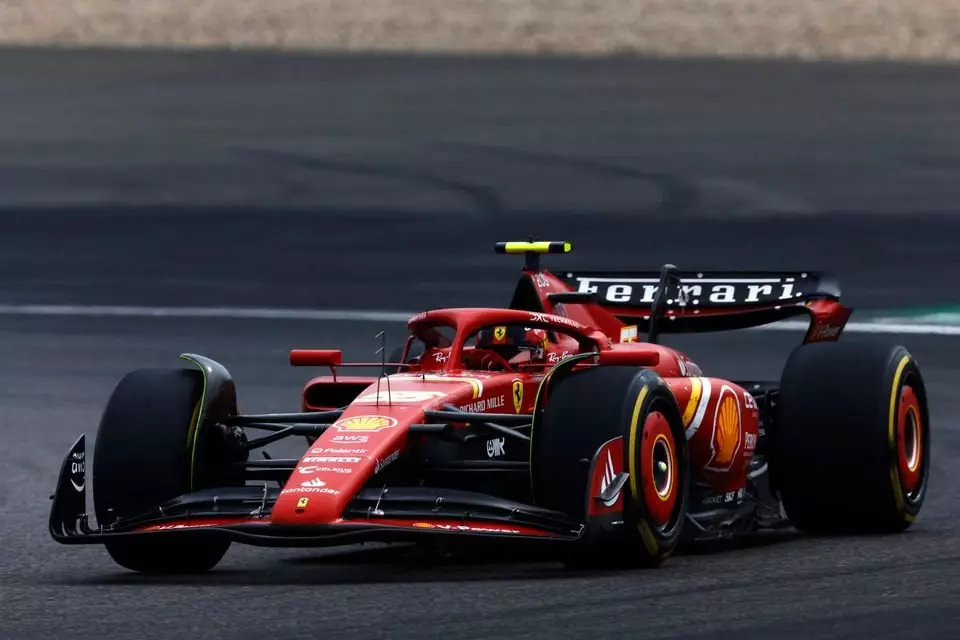Ferrari, known for being the second-best team in the 2024 season, failed to meet expectations at the Shanghai event. Despite having a strong start to the season with at least one driver on the podium in the first four races, Charles Leclerc and Carlos Sainz only managed to qualify sixth and seventh, respectively. This placed them six-tenths behind Max Verstappen, which was a disappointing result considering their previous performances. The struggle to optimize their package for the tricky Shanghai circuit and its unique tarmac coating led to them falling behind in qualifying. Team principal Vasseur acknowledged that the team made too many mistakes, which ultimately affected their performance on the track.
During the race, both Ferraris initially lost positions to Mercedes’ George Russell and briefly to Haas’ Nico Hulkenberg at the start. This struggle for grip made their recovery even more challenging. Additionally, a mid-race safety car further complicated matters for Sainz, who had already made his pitstop for hard tires. This decision put him at a disadvantage compared to the cars around him. Vasseur highlighted that both drivers struggled more on the hard compound tires than on the mediums they had started the race on, indicating an area for investigation moving forward.
Vasseur noted that the team appeared to struggle more on the hard compound tires during the race. This performance gap between the hard and medium tires raised concerns and highlighted the need for further analysis. The decision-making around pit stops and tire strategy seemed to impact their overall performance, especially towards the end of the race. Understanding the dynamics between the different tire compounds and optimizing their strategy is crucial for Ferrari to improve their race performance.
The tricky surface conditions at the Shanghai circuit, coupled with the limited practice time due to the sprint format, posed challenges for Ferrari. Vasseur acknowledged the difficulty in understanding the tarmac and adapting to the conditions during the event. While these factors may have contributed to their underperformance, he emphasized that they should not be used as excuses. Vasseur highlighted the importance of extracting the best from what they have and admitted that the team failed to do so in Shanghai. Despite facing challenges, Vasseur emphasized the need to learn from mistakes and improve moving forward.
Overall, Ferrari’s performance at the Shanghai event fell short of expectations, with the team failing to capitalize on their competitive position. Vasseur’s critical analysis of the team’s mistakes and struggles during the race sheds light on areas for improvement. Moving forward, Ferrari must address their qualifying performance, tire strategy, and adaptability to varying track conditions to enhance their competitiveness in future races.


Leave a Reply